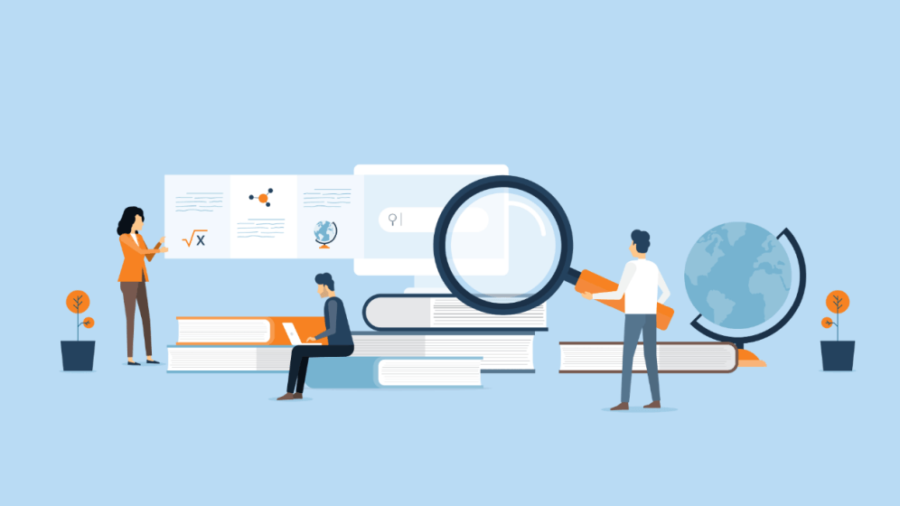Key Takeaways
- Detailed guidance on every essential aspect of buying beachfront property, considering not just beauty but practicalities like climate, maintenance, and regulations.
- In-depth look at challenges of coastal living, with data-backed advice on risk, budgeting, and maximizing long-term value.
- Actionable steps to help buyers confidently assess options and invest in a property that fits their lifestyle and priorities.
- Authoritative resources and research are offered to support readers in making informed, future-ready decisions about coastal real estate.
Why People Dream of Beachfront Living
The allure of waking up by the water is powerful and almost universal. There’s an undeniable magic to listening to the steady rhythm of the waves, seeing sunlight glimmer off the sea, and enjoying instant access to swimming, boating, or simply basking on the sand. For many, purchasing a home by the shore, like those found at Fort Lauderdale beach homes for sale, represents a lifelong aspiration. Whether you’re hoping for weekend escapes, a peaceful retirement spot, or an investment destination with rental potential, the beach offers something rare: a sense of freedom paired with natural beauty.
There’s more to the desire for beachfront property than just scenery. The opportunity to host family gatherings, try out water sports, or simply recharge from daily stresses draws buyers from all backgrounds. Waterfront living has also been shown to boost mental well-being, with some studies linking access to blue spaces—such as oceans or lakes—to lower anxiety and increased happiness.
Setting Your Budget for a Beach Home
Budgeting for a beach home involves more steps than planning for a typical residential purchase. While the listed price can already be steep, buyers must account for additional expenses that come with coastal living. For instance, homes in flood-prone areas almost always require specialized flood insurance, and these premiums can be several times higher than for inland homes. Hurricane coverage, wind mitigation, elevated property taxes, and homeowners association (HOA) fees further contribute to recurring costs. Even after you move in, it’s essential to set aside funds each year for maintenance and proactive repairs.
A practical way to stay financially secure is to use the 30% rule: your total housing expenses, including mortgage, taxes, insurance, and HOA dues (if any), should not exceed 30% of your gross monthly income. Remember, unplanned costs in a beach house can be higher due to storms, erosion, and wear from salty, moist air. Consult with local agents to get estimates on annual upkeep. Some communities may have fees for communal seawall repair or beach nourishment projects. According to the Resident, discovering beach homes for every budget is possible when buyers carefully evaluate location-specific expenses and plan with both short- and long-term costs in mind. These realities are manageable with planning, and establishing a realistic budget from the outset helps maintain the joy of beachfront living long after the honeymoon phase.
Location Factors Beyond the Beach View
A breathtaking ocean view is often top of mind, but wise buyers examine the broader context. Living by the water means striking a balance between tranquility and convenience. It’s essential to assess proximity to key amenities: where is the nearest grocery store, hospital, or school? If you anticipate regular guests, look up transportation options and travel times from the airport. Some beach neighborhoods are lively, centering around shops and boardwalks, while others are tucked away and peaceful. The local vibe will influence your daily experience more than you might expect.
Environmental conditions also deserve scrutiny. Coastal erosion can slowly alter property boundaries, and public beach access points may impact the privacy and security of your home. Is your stretch of sand often crowded with tourists during peak season, or is it protected by zoning or natural barriers? Features such as marinas, parks, or protected areas nearby can increase long-term values and quality of life. Be sure to research not only the address but also the surrounding setting, community dynamics, and seasonal traffic patterns before making a purchase commitment.
Navigating Zoning and Building Regulations
Beachfront properties are subject to a range of regulations that exceed those of standard homeownership. This is for good reason: coastal areas are fragile and vulnerable to severe weather. Zoning laws may restrict the scale of renovation, require certain materials for new structures, or mandate setbacks from dunes and waterlines. Some communities have architectural guidelines that promote resilience, such as elevating buildings or approving only hurricane-resistant windows.
Before closing on a home, thoroughly review local ordinances and state rules. Seek clarity around what changes you can make—can you add a second story, build a new dock, or install a swimming pool? If you’re uncertain, consult with a real estate attorney familiar with coastal regulations. They can uncover restrictions, such as those imposed by environmental agencies or wildlife preservation zones, that could limit your long-term plans. It’s always better to check before you buy rather than after.
Weather, Climate, and Environmental Concerns
The beauty of the sea comes at an environmental cost. Beach homes are at a greater risk from extreme weather, including hurricanes, tropical storms, and king tides. Besides the apparent damage these can cause, salty air promotes faster deterioration of construction materials. In recent years, buyers have become increasingly attentive to the impact of climate change on their purchasing decisions.
Examining recent storm history, flood zone maps, and future projections is now part of the savvy buyer’s process. Mitigation steps, such as hurricane shutters, reinforced roofs, and even elevating living areas, are increasingly seen as must-haves rather than luxuries. Furthermore, insurance costs can fluctuate dramatically if storms reclassify risk zones. Taking the time to understand a property’s climate resilience isn’t just smart; it’s essential for comfort, cost planning, and long-term safety.
Choosing the Right Property Type
Beachfront homes come in a variety of styles, each with strengths and trade-offs. Single-family homes provide privacy, flexibility, and a sense of ownership over landscaping and improvements. However, they require the owner to manage all maintenance and repairs, often with a particular focus on seawalls, docks, or decks. Condos and townhouses are attractive to those who prefer a “lock-and-leave” lifestyle, with amenities such as pool maintenance, landscaping, and shared security handled by the HOA.
If you plan to rent part-time, be sure to check whether short-term rentals are permitted in the community and what fees or restrictions apply. Some buyers gravitate toward “turnkey” properties—fully renovated and move-in ready—while others appreciate the opportunity to update an older home to their exact preferences. Whatever your choice, weigh the trade-offs between independence, communal services, and the level of ongoing work you’re prepared to assume.
Smart Financing for Coastal Real Estate
Mortgage lending for coastal and beachfront properties yields a distinct landscape compared to traditional, inland homes. Banks and lenders often regard these locations as higher risk, particularly in areas prone to hurricanes or flooding. This could mean higher down payments, lower loan-to-value ratios, and more paperwork substantiating income, insurance, and property use. It’s wise to work with lenders who have specific expertise with beach homes or vacation properties.
Investigate not only primary residence loans but also financing options for second homes and investment properties. Some local lenders offer specialized programs with flexible terms and experience navigating the specific requirements of the coast. Multiple quotes and lender interviews can help clarify hidden fees, closing costs, or insurance prerequisites. Proactive research here saves money and stress over the long term.
Long-Term Maintenance and Resale Considerations
Beach homes, thanks to sun, salt, and sea air, need more regular care than their inland counterparts. Frequent maintenance, like repainting woodwork, checking for corrosion, or cleaning rooftop gutters after storms, comes with the territory. Owners should also monitor the integrity of seawalls, docks, and outbuildings, since these structures are especially vulnerable to weather extremes. According to Investopedia, potential buyers must factor in these ongoing upkeep demands when weighing the long-term costs of coastal property ownership.
Upkeep investments pay off: properties that are well-maintained and renovated tend to fetch higher resale prices and sell faster. Keep records of significant projects, and don’t hesitate to update finishes every few years to maintain property appeal for both renters and future buyers.










